Stolen Identities API details
Overview
Compiled since 2008, Acuris Stolen Identities provides the largest proprietary database of compromised personal information being traded on known criminal websites on the unindexed web. It includes:
- Identity data – Name, National Insurance/Social Security number, address, passport, and drivers license numbers.
- Personal data – Email address and domains, secret questions, and answers, employer, payment provider IDs (PayPal, eBay), user names, and passwords.
- Financial data – Account numbers, sort codes, routing numbers, card information including PIN.
Using the API you can search against specific records or monitor information on a continuous basis.
Details
Frequently asked questions
My details appear multiple times and the source and date are the same for each entry?
This has occurred when criminals have merged previously hacked email/password lists into one larger one commonly referred to as a “Combolist” or “Collection”. These can consist of 100s/1000s of different hacked email/password lists and can contain in excess of a billion entries. Your details will have been in different hacked email/password lists which once merged produce multiple results within the one larger dataset.
My Telephone/Mobile number or Email is linked to another person’s details?
We have reproduced the data as it was posted.
If you have been the victim of an attempted identity fraud or an actual identity fraud, these may be the details that were used by the fraudster
Your details may have changed as a result of “Disruption” tactics by Anti-Fraud Organisations (see Incorrect Bank details)
Your details may have been added to other data by criminals in order to enhance its perceived value.
Important – Your mobile/landline/email may have acquired its own “Digital Identity” associated with the incorrect details. Whilst nothing can be done with such data on the Dark Web it may well have leaked onto the World Wide Web.
Search your email address and phone numbers in the Google browser ensuring they are contained with speech marks. i.e “[email protected]”/ “7234567890” etc. This should indicate if they have found their way onto the Worldwide web and are now open source.
Only a partial portion of my password is shown in the database, do I still need to change it?
Yes, when trading stolen email credentials criminals will often encrypt, obscure or remove characters to disguise the real details, which will be revealed once they purchased.
What are "VoucherValue/VoucherValue1"?
These are our random fields and contain data that should be recognizable to you as the subject of the record. For example, these fields may contain information concerning Loyalty schemes, Mobile Phone contracts or Utility accounts, basically any data that was found together with your other details that we believe may help you identify the source from where your data originated.
I have been informed an Organisation/Website where I have registered has been hacked, will my information be available in your database?
Not all data that has been obtained following data breach will ever find its way onto the dark web, if that is the case, we will not have your data in our database. However just because a database where your data is stored has been breached does not necessarily mean your data has been compromised.
Complying with legal regulations in many countries, or just company policy, means that the hosting organisation may report the “Worst case” scenario meaning the very maximum amount of data that could have been exposed is reported , not what actually may have been compromised. Responsible companies will inform you if your data was part of the compromised data.
Whether or not your data was exposed, take the opportunity to spring clean all your passwords and check your credit report regularly.
means that the hosting organisation may report the “Worst case” scenario meaning the very maximum amount of data that could have been exposed is reported
not what actually may have been compromised. Responsible companies will inform you if your data was part of the compromised data.
Whether or not your data was exposed
take the opportunity to spring clean all your passwords and check your credit report regularly.

